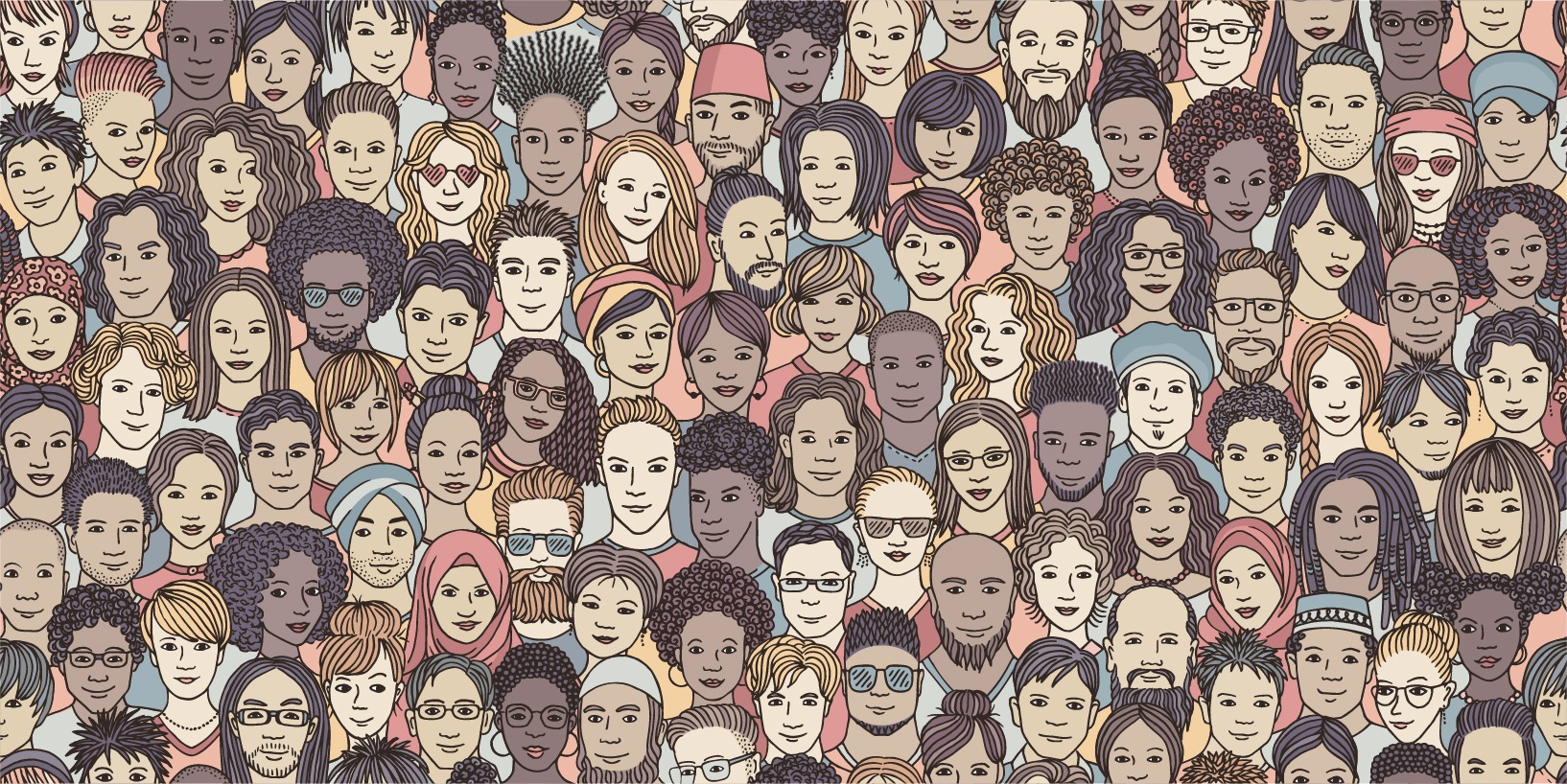
8 March 2019
My story, her story: on Canadian identity and immigration
Today is International Women’s Day. This means our social media channels are flooded with celebrations of strong, successful women – entrepreneurs, mothers, grandmothers, artists, writers, and activists, among others – who deserve to be recognized and celebrated. It’s a perfect day (month, year, lifetime) to seek out stories written by women and learn about initiatives founded by women, women-identified people, and non-binary people.
It is also an important day to reflect on the stories of and by women who are less visible – the stories of women who belong to minority groups, who live on or below the poverty line, who are older, who are newcomers, who do not speak Canada’s official languages, who live with disabilities, or who live in a wide range of conditions that make them vulnerable.
As a young woman who wasn’t born in Canada, I’m using this month as an opportunity to reflect on what it means to be a woman and a newcomer to Canada. I should say that I don’t really consider myself a newcomer to Canada anymore – my family is celebrating our 14th “Canada-versary” this year. I consider myself Venezuelan-Canadian. Regardless, I know how important it is for all of us to reflect on the challenges that disproportionately impact newcomer women and, going forward, imagine the possibilities that emerge when we prioritize initiatives that will enable newcomer women to thrive.
The challenges women face
Immigrating is hard for anyone but it’s particularly challenging for visible minority newcomer women (that is Statistics Canada’s term, not mine). We know that difficulties learning a new language, finding a job, matching one’s foreign credentials to Canadian standards, and facing social prejudices are just a few of the factors that make immigrating difficult. I’ll quote my mom to say that “immigrating is one of the hardest and most challenging things a person can do.”
The challenges I’ve listed are real and it appears that their impact on newcomer women’s level of employment and salary is significant. Recent numbers from Statistics Canada paint a clear picture of the inequities newcomer women are facing:
- Visible minority newcomer women are more likely to be unemployed. The unemployment rate of visible minority newcomer women (9.7%) is higher than that of visible minority (8.5%) and non-visible minority (6.4%) newcomer men, based on the 2016 Census.
- Visible minority newcomer women have the lowest median annual income of all newcomer groups at $26,624, compared to non-visible minority newcomer women ($30,074), visible minority newcomer men ($35,574), and non-visible minority newcomer men ($42,591). [1]
Overqualified, underemployed
Women who find employment often end up working in positions below their professional qualifications. The most recent Statistics Canada report I accessed indicates that
“48.6% of working immigrant women with postsecondary education are employed in positions that do not typically require a degree.”
That’s almost half! Newcomer women bring their talent, knowledge, drive, and determination. We can do better and we must.
Compared to Canadian-born women, immigrant women are twice as likely to have earned a postsecondary degree or credentials in STEM (science, technology, engineering, and mathematics) related fields. [2] Typically, these are highly employable fields of work. When we bring these factors together, we can see that newcomer women are educated in highly employable fields but still face low salaries and low employment rates.
Statistics Canada shows that 13.6% of recent immigrant women aged 25 to 54 have achieved a masters or doctorate, compared to 4.9% of women born in Canada. [3]
In response to these troubling statistics, the Federal Government has launched a three year “Visible Minority Newcomer Women” pilot project. The pilot includes up to $7 million for “new, innovative programs and services to support visible minority women in accessing the labor market and to build capacity in smaller organizations that serve or are led by visible minority women.” These are the kind of government-led initiatives that can provide the necessary supports for organizations who are doing important, innovative work.
Where there are challenges, there are opportunities.
While the government has recently launched its important pilot program, there are multiple examples of women-led initiatives already underway. I’ve chosen a few inspiring examples of entrepreneurial and community initiatives* founded or led by immigrant women who are using their skills, creativity, and business acumen to support, connect, and boost other newcomer women:
- Our Little Venice – founded by Adriana Romero and Ilia Francis, this organization offers business coaching to small businesses, professional women, and immigrants. Adriana and Ilia are both trained as engineers and are originally from Venezuela. They have created a book called “The Immigrant Woman Survival Guide” (downloadable on their website).
- Gradual Rising of Women (GROW) – founded by Trancy Folorunshio, a Nigerian woman who immigrated to Canada when she was seventeen. Her organization includes “a unique women empowerment platform that provides micro-financing, training, networking, a modern in-house café and an innovative working space for women.”
- Mothers Matter Centre – Wazi Dlamini-Kapenda leads Mothers Matter Centre, an organization that “serves socially isolated and low economic status mothers and their families through a mother-to-mother approach.” Dlamini-Kapenda was born in Swaziland and trained as an epidemiologist.
Let’s continue to use International Women’s Day as an opportunity to dig a little deeper to understand the various social and economic conditions women in Canada face. Let’s also discover the stories and successes of women who don’t make the mainstream headlines, but who are making a huge difference in thousands of Canadian women’s lives. There are so many women in Canada doing exactly this.
By: Valentina Brieño-Strocchia, Social Venture Development
*Two of these initiatives are taken from the following article: “Six empowering women named in our fifth annual Immigrant Women of Inspiration special” (2018).




